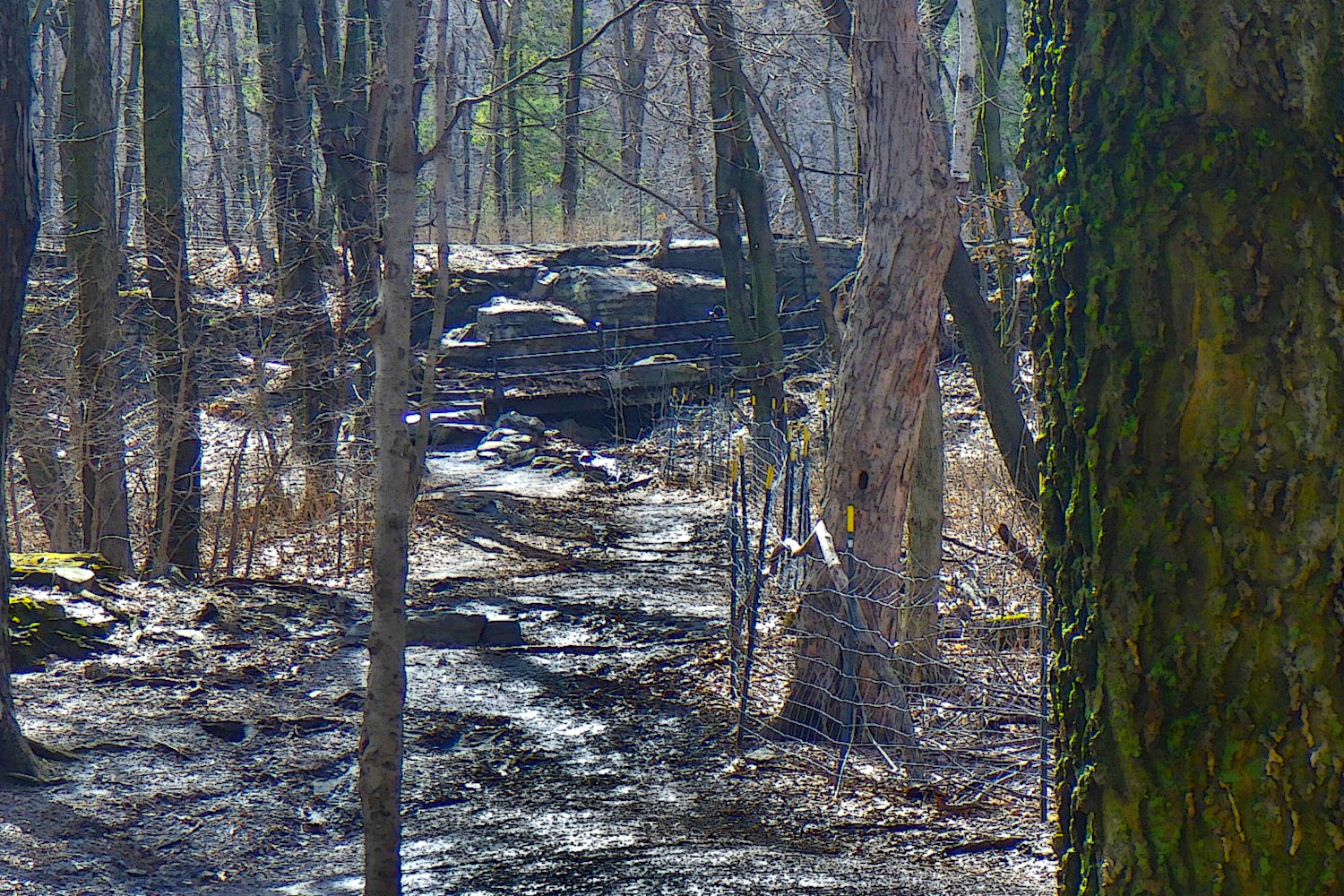Craft |

The writing path starts with an idea and ends with words. Don’t go backwards, that frustrates your audience and you. Instead, follow the idea to walk the path. Keep taking notes, sketching, and talking about it. Avoid the deadends of premature proper order, right terminology, and cleverness. You’ll know you’ve arrived at a fully realized idea when all the pieces fit. Only then commit to it with words.
Draft 5
There are 2 steps to communicating an idea: First, get to it. Second, commit it to words. Don’t frustrate yourself and your audience by walking backwards. You’ll get stuck on the words if you haven’t gotten to the idea, especially when you try to sound smart or look clever. That frustration steers you away from the idea. And your audience is stuck taking the same frustrating path that you did. Instead, find the idea. Think about, record, write, or draw what you see in the distance. Now follow the forks in the path to see where they lead. Mark the dead ends so your audience avoids them. Shine light on the right path. As you get closer, think, record, write, or draw some more. You’ll know you’ve arrived at the idea, clear and fully realized. Now you’re ready to commit it to words. You don’t and won’t need to sound smart or look clever. Those will just happen on their own when you get to the idea first.
Draft 4
There are 2 steps to communicating an idea: First, get to it. Second, commit it to words. Going backwards will frustrate you and your audience. You’ll get stuck on the words if you haven’t gotten to the idea, especially when you try to sound smart or look clever. That frustration steers you away from the idea. And your audience is stuck taking the same frustrating path that you did. Instead, find the idea. Record, write, or draw what you see in the hazy distance. Forget about finding the perfect words, sounding smart, or being clever. Now follow the forks in the path to see where they lead, your destination or a dead end? As you get closer to the idea, record, write, or draw some more. You’ll know you’ve arrived at the idea, clear and fully realized. Now you’re ready to commit it to words. You don’t and won’t need to sound smart or look clever. Those will just happen on their own when you get to the idea first.
Draft 3
There are 2 steps to communicating a complex topic: First, build the idea. Second, commit it to words. Going backwards will frustrate you and your audience. You’ll get stuck on the words if you don’t have a clear idea, especially when you try to write it down perfectly the first time. That frustration steals focus away from the idea. And your audience is stuck with information that’s hard to understand. Instead, work on only on the idea. Record it, Write it, or draw it in its awkward, ill-formed state. Forget about being correct, the order of things, terminology, sounding smart, or being clever. Now iterate on the idea, walk through it. You’ve captured something, what’s good about it? Where are the gaps? Follow paths to see where they lead, your destination or a dead end? You’ll eventually arrive at the right idea, full realized, where all the pieces fit and it all makes sense. Now you’re ready for the part you’ve been putting off: commit it to words. You don’t and won’t need to sound smart or look clever. Those will just happen on their own when you build the idea first.
Draft 2
There are 2 acts to committing words to the screen: forming the right idea, then committing it to words. Follow this order to avoid frustration. You’ll get stuck on the words if you don’t have a clear idea. You’ll trip over the words part especially when you try to write it down perfectly the first time. That frustration steals focus away from the idea. Instead, write or draw or sketch or diagram your idea early, even (especially) when imperfect. Don’t worry about being correct, the order of things, terminology, sounding smart, or being clever. Now iterate. You’ve captured something, what’s good about it? Where are the gaps? Don’t be afraid of dead ends, look for them to confirm what’s not viable. You’ll eventually arrive at the right idea, full realized, where all the pieces fit and it all makes sense. Now you’re ready for the part you’ve been putting off: commit your idea to words. You don’t and won’t need to sound smart or look clever. They’ll just happen on their own when you build the idea first.
Draft 1
- there are 2 acts to commiting words to the screen: forming the right idea, then committing it into words.
- following this order avoids frustration.
- it’s easy to get stuck the on last part before the idea is formed.
- trip over the words part especially when you try to write it down perfectly the first time.
- it’s better to get the idea down imperfectly then hone the words after.
- don’t worry about the order of things, terminology, sounding smart, or being clever.